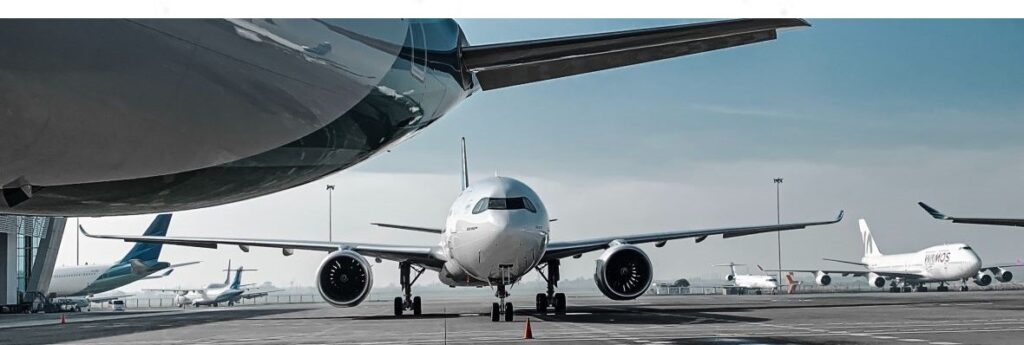In a sign that 2024 will prove to be the year that air travel is fully recovered from the pandemic, the International Air Transport Association (IATA) reported that data for November 2023 indicated that air traffic demand topped 99% of 2019 levels.
“We are moving ever closer to surpassing the 2019 peak year for air travel,” stated IATA Director General Willie Walsh. “Economic headwinds are not deterring people from taking to the skies. International travel remains 5.5% below pre-pandemic levels but that gap is rapidly closing. And domestic markets have been above their pre-pandemic levels continuously since April.”
IATA figures show:
- Total traffic in November 2023 (measured in revenue passenger kilometers or RPKs) rose 29.7% compared to November 2022. Globally, traffic is now at 99.1% of November 2019 levels.
- International traffic rose 26.4% versus November 2022. The Asia-Pacific region continued to report the strongest year-over-year results (+63.8%) with all regions showing improvement compared to the prior year. November 2023 international RPKs reached 94.5% of November 2019 levels.
- Domestic traffic for November 2023 was up 34.8% compared to November 2022. Total November 2023 domestic traffic was 6.7% above the November 2019 level. Growth was particularly strong in China (+272%) as it recovered from the COVID travel restrictions that were still in place a year ago. US domestic travel, benefitting from strong Thanksgiving holidays demand, reached a new high, expanding +9.1% over November 2019.
Overall, North American carriers experienced a 14.3% traffic rise in November versus the 2022 period. Capacity increased 16.3%, and load factor fell 1.4 percentage points to 80.0%.
“Aviation’s rapid recovery from COVID demonstrates just how important flying is to people and to businesses,” Walsh said.
He also noted that in 2023, “In parallel to aviation’s recovery, governments recognized the urgency of transitioning from jet fuel to Sustainable Aviation Fuel (SAF) for aviation’s decarbonization. The Third Conference on Aviation Alternative Fuels (CAAF/3) in November saw governments agree that we should see 5% carbon savings by 2030 from SAF. This was followed up at COP28 in December where governments agreed that we need a broad transition from fossil fuels to avoid the worst effects of climate change.
“Airlines don’t need convincing. They agreed to achieve net zero carbon emissions by 2050 and every drop of SAF ever made in that effort has been bought and used. There simply is not enough SAF being produced. So, we look to 2024 to be the year when governments follow-up on their own declarations and finally deliver comprehensive policy measures to incentivize the rapid scaling-up of SAF production.”

